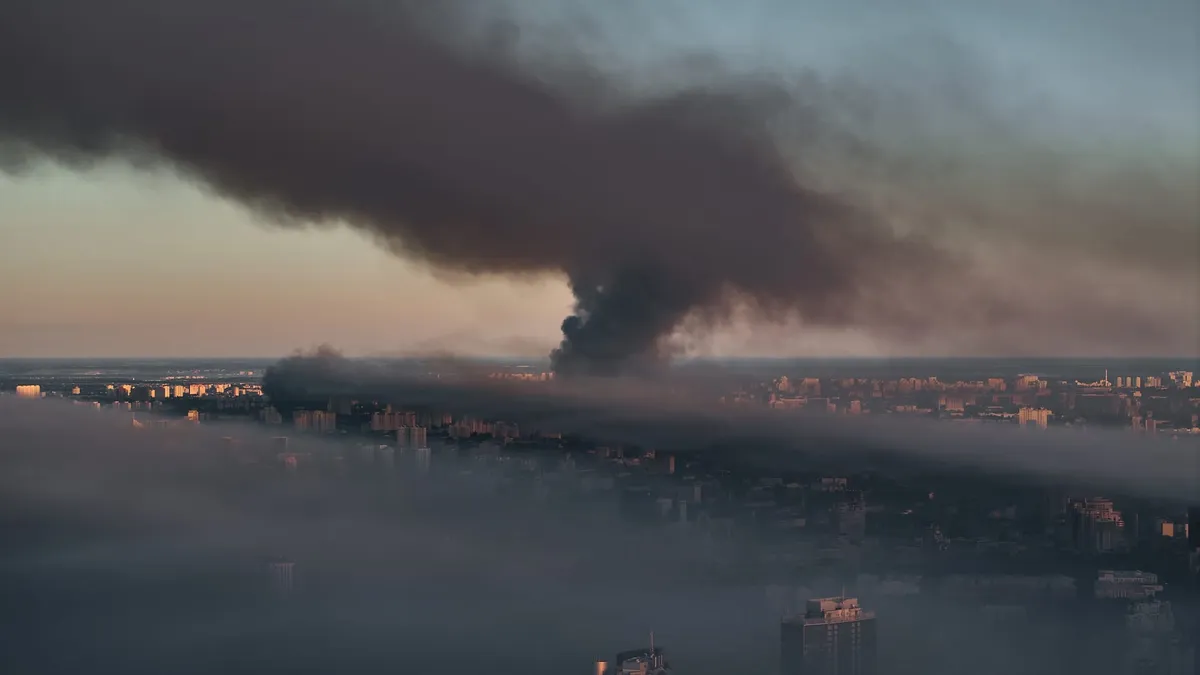
In today's complex geopolitical landscape, characterized by trade wars and shifting alliances, it is easy to overlook the ongoing struggles of Russian and Ukrainian soldiers who continue to fiercely contest every inch of frontline territory in Ukraine. While conflicts such as the situation in Gaza and economic uncertainties in both the U.S. and Europe dominate headlines, the war in Ukraine, now extending beyond three-and-a-half years, seems to be relegated to the background. Recent negotiations in Istanbul, involving delegations from both Russia and Ukraine, received scant media coverage, reflecting the prevailing sentiment that both nations are increasingly marginalized on the world stage.
The atmosphere surrounding the conflict is tense, with uncertainty regarding its future direction and the potential for peace. Notably, former U.S. President Donald Trump expressed impatience on July 14, suggesting that Ukraine could receive additional U.S.-made weapons if NATO allies contributed financially. He also issued a stark ultimatum to Russia, demanding a peace agreement within 50 days. Failure to comply, he warned, would result in severe sanctions and secondary tariffs of up to 100%. Such measures could significantly impact Russia and its remaining trading partners, including India and China, who currently import Russian oil and gas.
As the situation stands, Russia has until September 2 to demonstrate its commitment to a ceasefire and a credible peace plan. However, analysts remain skeptical about the likelihood of meaningful progress, noting that only limited advancements have been made regarding prisoner exchanges. Mykola Bielieskov, a research fellow at Ukraine's National Institute for Strategic Studies, highlighted the gap between Trump's calls for a peace deal and the possibility of imposing further sanctions on Russia. The Kremlin appears to be banking on the assumption that the U.S., under Trump's leadership, lacks a cohesive strategy to support Ukraine while exerting pressure on Russia.
Implementing serious secondary sanctions requires a willingness to confront nations like China and India, which continue to purchase raw materials from Russia. The speed and volume of weapon supplies are also critical factors, adding layers of complexity to the situation. Bielieskov emphasized that Russia may believe the U.S. will hesitate to impose sanctions on its trading partners.
While Ukraine remains at the mercy of U.S. and European military aid, it has shown a growing readiness to enter negotiations, recently calling for a ceasefire alongside Trump. This call, however, has gone unanswered by Russia. Ukraine is reportedly willing to consider ceding territory occupied by Russian forces if it leads to obtaining NATO membership, which is viewed as a significant strategic goal.
Adding to Ukraine's challenges is a rising tide of domestic unrest, fueled by frustrations over ongoing martial law, the absence of elections, and the wartime leadership of President Volodymyr Zelenskyy. Protests erupted in Kyiv last week in response to government actions aimed at limiting the independence of anti-corruption agencies, raising concerns among top EU officials who view these moves as detrimental to European democratic values. Addressing endemic corruption is seen as essential for Ukraine's aspirations to join the EU.
Recent government reshuffles in mid-July have sparked accusations that Zelenskyy is consolidating power among loyalists, which could further alienate international backers. According to Tatiana Stanovaya, a senior fellow at the Carnegie Russia Eurasia Center, Ukraine is entering a critical phase of internal consolidation amid increasing external uncertainties. She noted that the latest battlefield developments coincide with a change in American strategy, with Trump opting for a tactical delay rather than decisive engagement, thus transferring more financial and political responsibilities to Europe.
In conclusion, as Ukraine re-evaluates its internal strategies amidst a challenging external environment, international support appears to be becoming increasingly transactional. Focused more on sustaining the front lines than promoting democratic reforms, the future of Ukraine remains precarious as it navigates the complexities of war, internal governance, and international relations.